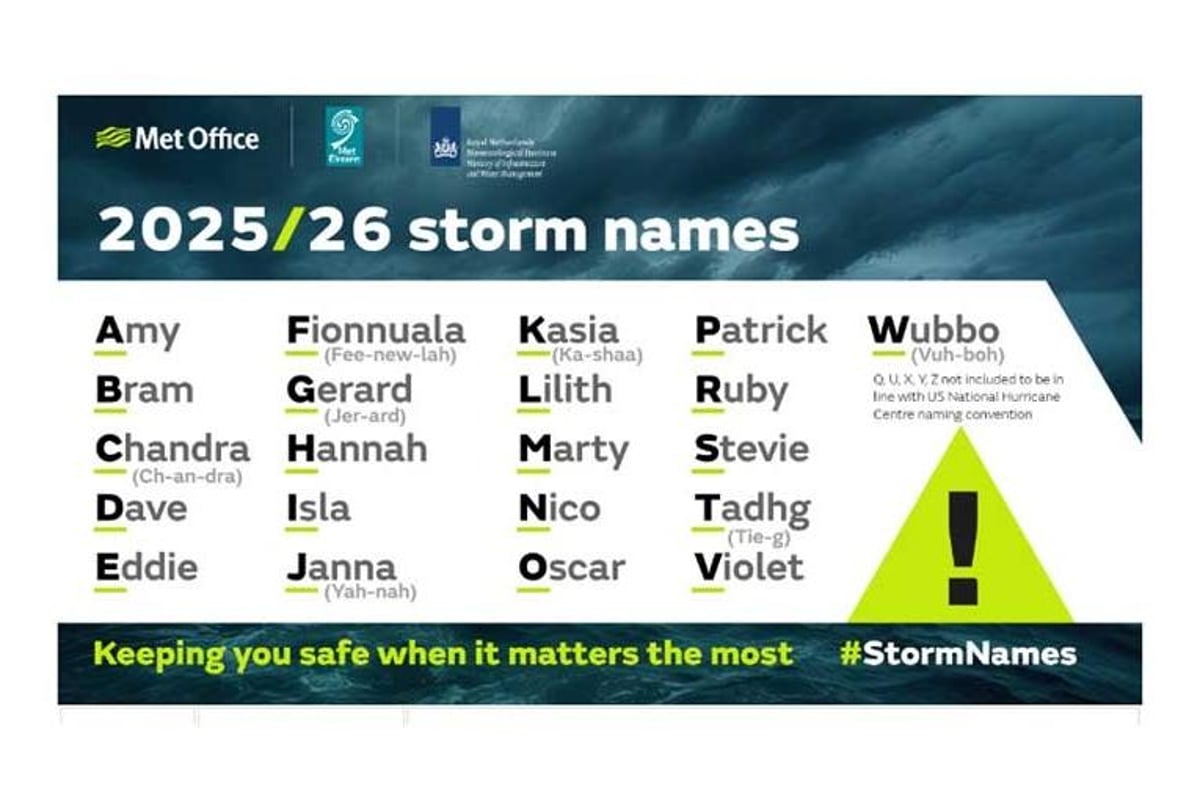Weather warnings: Storm Amy is the first named storm for the 2025/26 storm season – this is what weather warnings mean
By Michael Cousins
Copyright newsletter

How UK weather warnings work Warnings are issued for rain, thunderstorms, wind, snow, lightning, ice, extreme heat and fog. These warnings are given a colour depending on a combination of both the impact of the weather may have and the likelihood of those impacts occurring. Yellow – Possible Potential of bad weather situations causing disruption to travel and activities Amber – Likely Increased potential of bad weather situations causing disruption to travel, risk to life and property Red – Expected Dangerous weather is expected, take action to keep yourself and others safe Frequently Asked Questions received by the Met Office When do we announce new storm names? Since Name our Storms first launched in 2015 we have issued a new list of names each September. The list runs from early September to late August the following year, to coincide with the start of autumn and the end of summer, when we see the likelihood of low-pressure systems and the potential for named storms increase. Why are we naming storms? The naming of storms using a single authoritative system provides a consistent message and aids the communication of approaching severe weather through media partners and other government agencies. In this way the public will be better placed to keep themselves, their property and businesses safe. Also read – Keep up to date with all the latest Storm Amy news via our live blog Can I suggest a storm name? A new list of names will be compiled jointly between Met Éireann, the Met Office and KNMI (The Dutch national weather forecasting service). Everyone is welcome to suggest names for future consideration through our online form. Any future names for the Met Office component of the list may be compiled from these suggestions. When is a storm named? In the UK a storm will be named when it has the potential to cause disruption or damage which could result in an amber or red warning. This is based on our National Severe Weather Warnings service, which is a combination of both the impact the weather may have, and the likelihood of those impacts occurring. Storms will usually be named on the basis of the impacts from strong winds, but the impacts of other weather types will also be considered. For example rain, if its impact could lead to flooding as advised by the Environment Agency, SEPA and Natural Resources Wales flood warnings, or snow. Therefore ‘storm systems’ could be named on the basis of impacts from the wind but also include the impacts of rain and snow. How is a storm named? When the criteria for naming a storm are met, either the Met Office, Met Éireann or KNMI can name a storm, taking the name from the latest list in alphabetical order. We then let the public, our partners in government, the responder community and the media know through various routes including publishing details on our website and social media channels. Keep up to date Latest Storm Amy news



